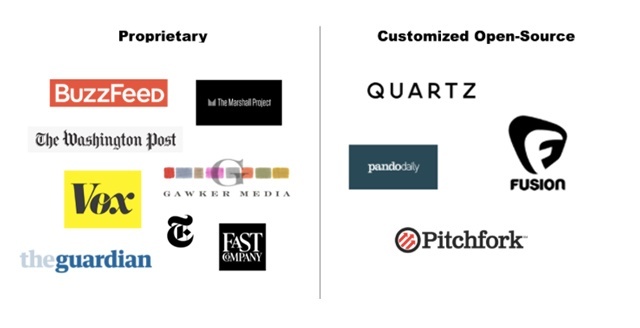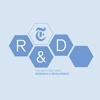
Busy newsrooms need a smarter workflow
Engineering and journalism have to work together to unlock the power of digital tools.
In 2014 Anjali Mullany, digital editor of Fast Company, told the authors of the Post Industrial Journalism report: “If your content management system restricts you, it’s going to restrict everything you produce.” She went on to explain that in many newsrooms the CMS and human workflows are in constant conflict.
That same year political journalist Ezra Klein said that part of what led him to leave the Washington Post and start a new site for Vox Media was the superior content management system at Vox, now known as Chorus. The same thing had happened in 2011 when a team from Engadget, owned by AOL, left to create The Verge for Vox. The New York Times called it “a moment when young talent began demanding superior technology as the key to producing superior journalism.”
But it’s not just the CMS that matters. Lately there has been a shift in focus from the publishing systems themselves — which restrict what you can do, even as they make some things easier — to a broader set of challenges:
- creating an ecosystem of specialized tools that all work together
- lowering technical barriers so more people can join in the creativity of digital publishing
- prioritizing ease-of-use on the back end and not just a “pretty product” on the front
- reacting quickly to shifts in media that pose new problems, like publishing directly to social platforms
- bringing an engineering culture to newsrooms in which technologists and journalists work closely together
The key decision for management is whether to build a custom CMS from scratch that supports one newsroom’s workflow, or take advantage of open source systems — primarily WordPress or Drupal — and adapt them to the specific needs of the newsroom. The common consensus is that a newsroom’s CMS should be flexible and modularized and if it can achieve that without starting from scratch that is the better option.
Early content management systems were built around the assumptions of a write, edit, publish workflow, and many still focus around that process as a primary functionality. Publishing, however, has changed drastically over the last few years, and continues to change constantly. Storytelling for the web is a vast field, and, while many newsrooms have taken advantage of this through data visualizations, interactive stories, and powerful multimedia long form pieces, much of this experimental journalism is built outside of the CMS by journalists who can also code. Reporters without these technical skills are often pigeonholed into the types of storytelling allowed for by the CMS. The opportunity and challenge here for journalism is to ensure that everyone in the newsroom can produce innovative stories because they are supported by their tools.
Key challenges in this:
- CMS establish built in and unavoidable workflows
- Underlying assumptions support a one way flow of information in a social publishing environment
- The software is updated more slowly than publishing shifts to new mediums
Key quotes
If your CMS restricts you, it’s going to restrict everything about the newsroom. The technology you’re using is going to change what you produce.
It’s almost impossible to overstate the importance of the CMS when it comes to the question of who’s going to win the online-publishing wars.
Useful charts and graphs
Proprietary versus open source

Newsrooms are primarily taking two approaches to CMS technology: building a proprietary system or customizing an open source one.
Why is this important?
Bad content management systems can limit — and even inhibit — journalistic imagination. Good systems can help lure talent and empower the whole newsroom.Killer links
- Poynter 4 ways content management systems are evolving and why it matters to journalists
- Medium How to design a CMS for the modern newsroom
- VentureBeat Rethinking the content management system for mobile
- Nieman Lab Newseconomics: The Washington Post offers an Arc in the storm
- Digiday Is the CMS a difference maker for publishers?
People to follow
-
 Vox Product is the team of designers, developers, and engineers at Vox Media.
Vox Product is the team of designers, developers, and engineers at Vox Media. -
 NPR Tech Team provides updates and insight on the work being done at npr.org.
NPR Tech Team provides updates and insight on the work being done at npr.org. -
 NYTimes R&D Labs identifies emerging trends and technologies in media.
NYTimes R&D Labs identifies emerging trends and technologies in media.
Glossary
A set of protocols and code that lets programs share data and functionality without revealing the code behind them.
Learn more: Application Programming Interface
A software design technique where the functionalities of a program are broken into independent modules that each run one aspect of the system. The modules are then bought together into one piece of software.
Learn more: Modular programming
A web application framework written in the Ruby programming language. It provides default structures for a database, a web service, and web pages.
Learn more: Ruby on Rails, Ruby
